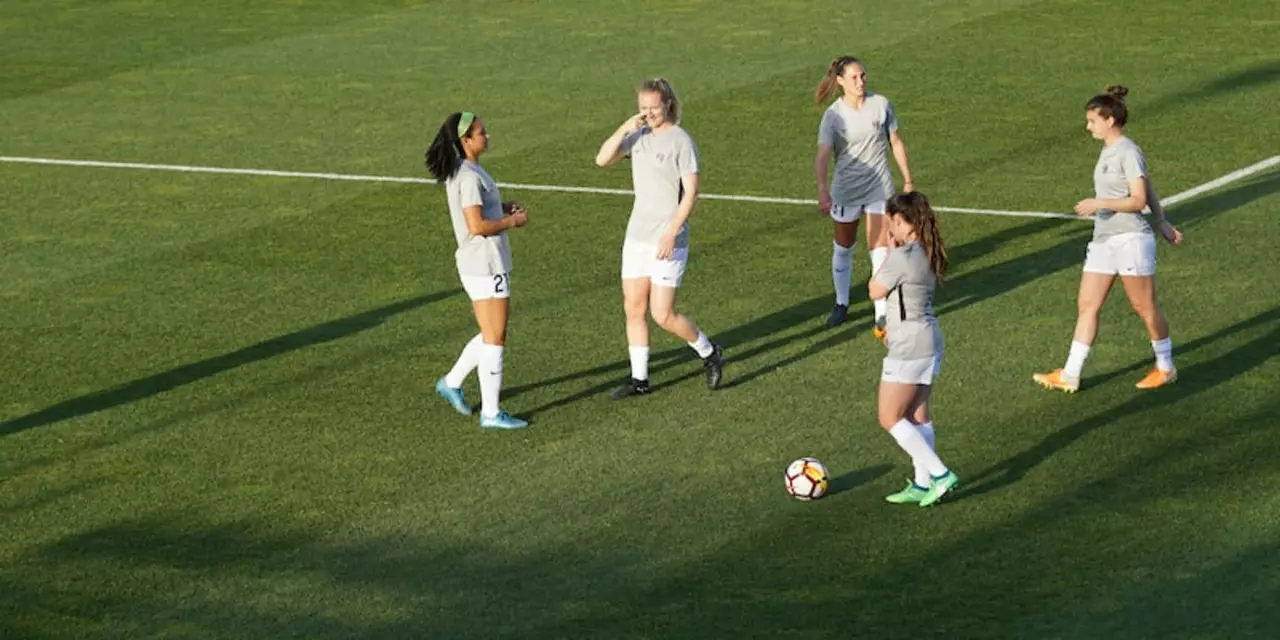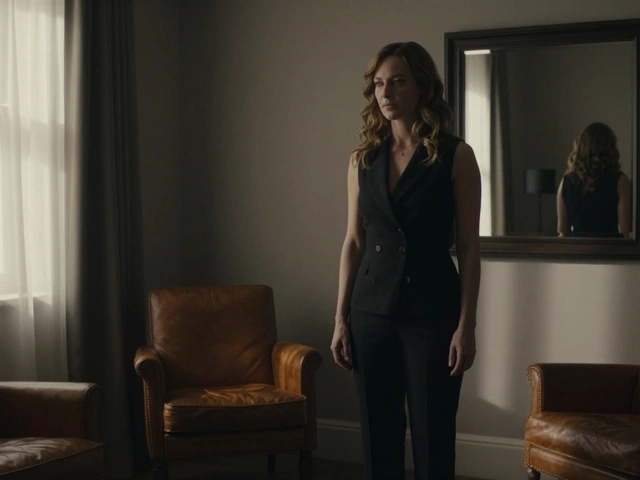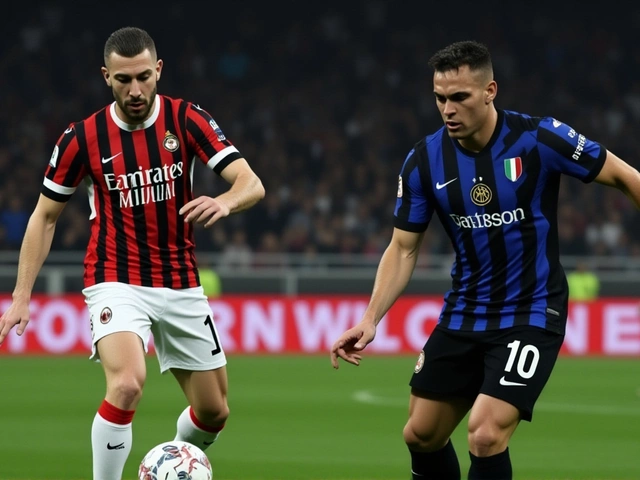Goalkeeper Basics: How to Guard the Net Like a Pro
Playing keeper means you’re the last line of defense, and every mistake can cost a goal. That pressure can feel huge, but the right habits make it manageable. In this guide we’ll break down the core skills, the gear that really helps, and simple drills you can start today.
First, get comfortable with your stance. Your feet should be shoulder‑width apart, knees slightly bent, and weight on the balls of your shoes. This ready position lets you shift quickly left or right. Keep your hands up and elbows close to your body – it protects the net and gives you a clear view of the ball.
Strong hands are a keeper’s best friend. Practice catching by using a soft ball or a tennis ball and focus on squeezing the ball into your palm, not just trapping it against your body. A firm grip reduces rebound chances and builds confidence for high‑speed shots.
Footwork is the secret weapon that most beginners overlook. Set up a ladder drill or simple cone pattern and move laterally, backpedaling, and forward. The goal is to make small, quick steps rather than big lunges. Good footwork keeps you balanced, so you can dive or punch without losing control.
Essential Goalkeeping Skills
Beyond catching, a keeper needs solid punching technique. When a cross comes in, aim to meet the ball at chest height, drive it down with both fists, and follow through. This clears the danger area and stops attackers from grabbing the rebound.
Distribution matters just as much as saving. Practice short rolls to defenders and longer throws or kicks to a forward. Accuracy in these passes launches counter‑attacks and relieves pressure on your back line.
One mental habit that sets great keepers apart is staying focused after a mistake. Instead of dwelling, reset your breath, talk to yourself positively, and get ready for the next ball. The game never stops, and neither should your confidence.
Choosing the Right Gear
Gloves are the most visible piece of gear, but their quality changes everything. Look for a glove with a snug fit, good grip foam, and a breathable backhand. If you often face wet conditions, a palm with extra tackiness helps you hold onto slick shots.
Shin guards and padded shorts add protection without sacrificing speed. Make sure the guard covers the top of the shin and fits snugly against your leg. Loose gear can slip during a dive and distract you.Finally, wear lightweight, moisture‑wicking socks and a jersey that allows full arm movement. Heavy cotton can weigh you down and make it harder to react quickly.
Now, let’s talk drills you can do at home or on the training field. The “wall rebound” drill—standing a few meters from a wall, throw the ball against it, and catch the return—improves reaction time and hand‑eye coordination. Another useful drill is the “cone shuffle” where you set up cones in a line and shuffle side‑to‑side, simulating recovery after a save.
Remember, consistency beats intensity. Spend 15‑20 minutes on these basics three times a week and you’ll notice clearer improvements than a single marathon session. Over time, the movements become second nature, and the pressure of a live match feels less intimidating.
Goalkeeping isn’t just about stopping shots; it’s about reading the game, commanding the defense, and staying calm under fire. Keep working on the fundamentals, choose gear that supports your skills, and stay mentally sharp. Before long, you’ll be the keeper that teammates trust and opponents fear.

This article explores the question of whether a person can use baseball cleats for soccer when playing goalkeeper. The answer is generally no, as the cleats are designed for a different type of surface, and the studs on the bottom of the cleats are different. Baseball cleats are designed to provide traction on grass and dirt, while soccer cleats are designed to provide traction on artificial turf or grass. Additionally, the studs on the bottom of baseball cleats are generally too long and stiff for soccer, while soccer cleats have shorter and softer studs. In conclusion, it is not recommended to use baseball cleats for soccer as a goalkeeper. (Read More)






